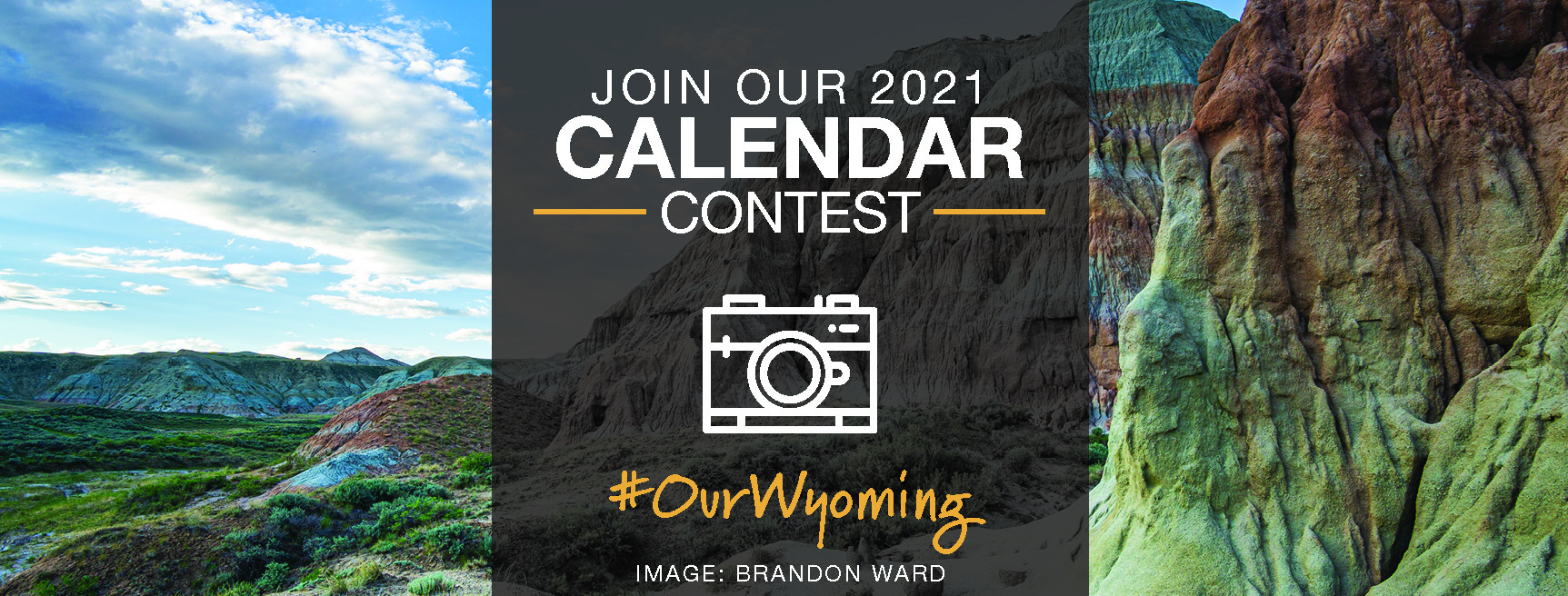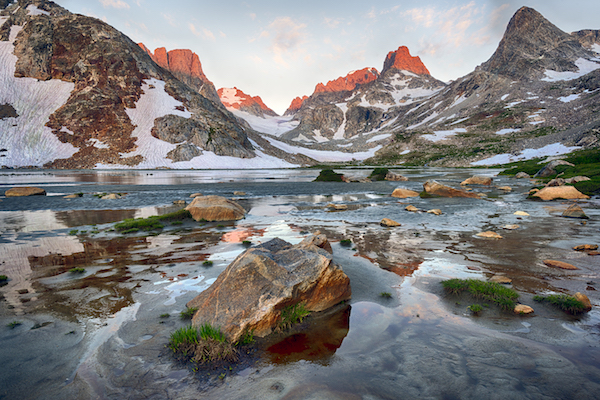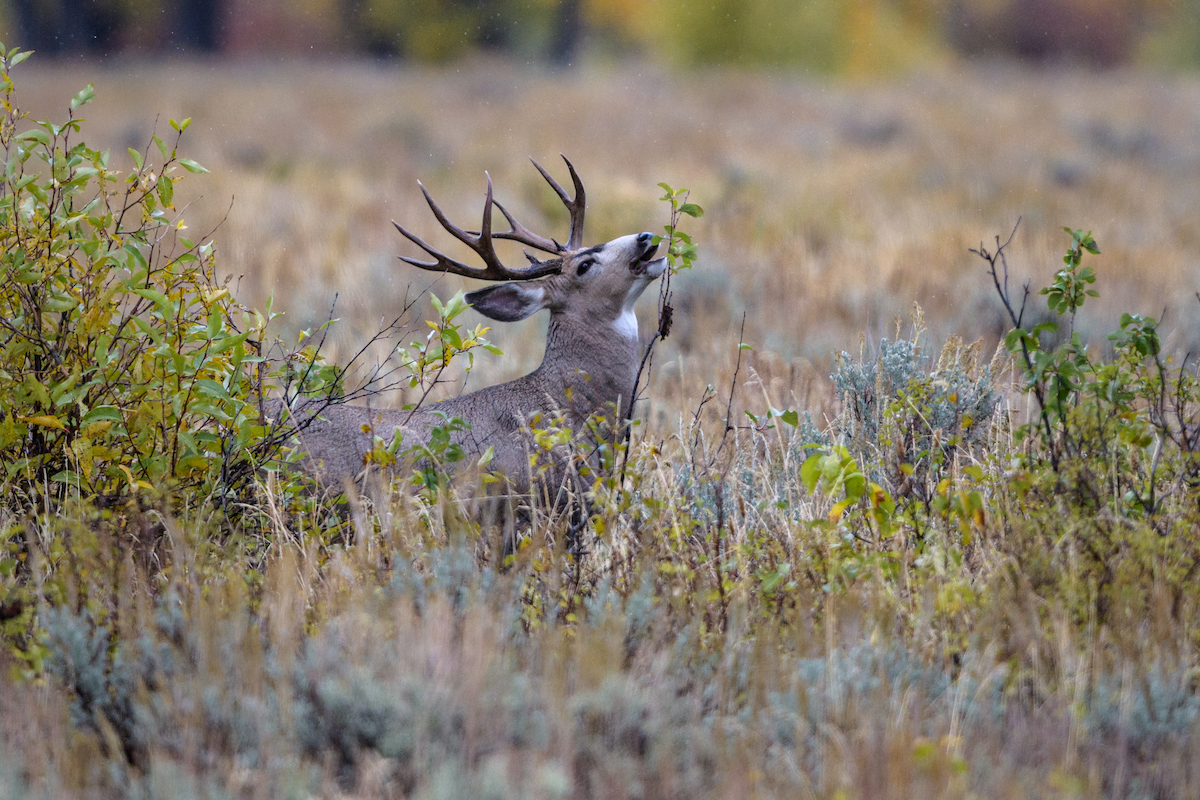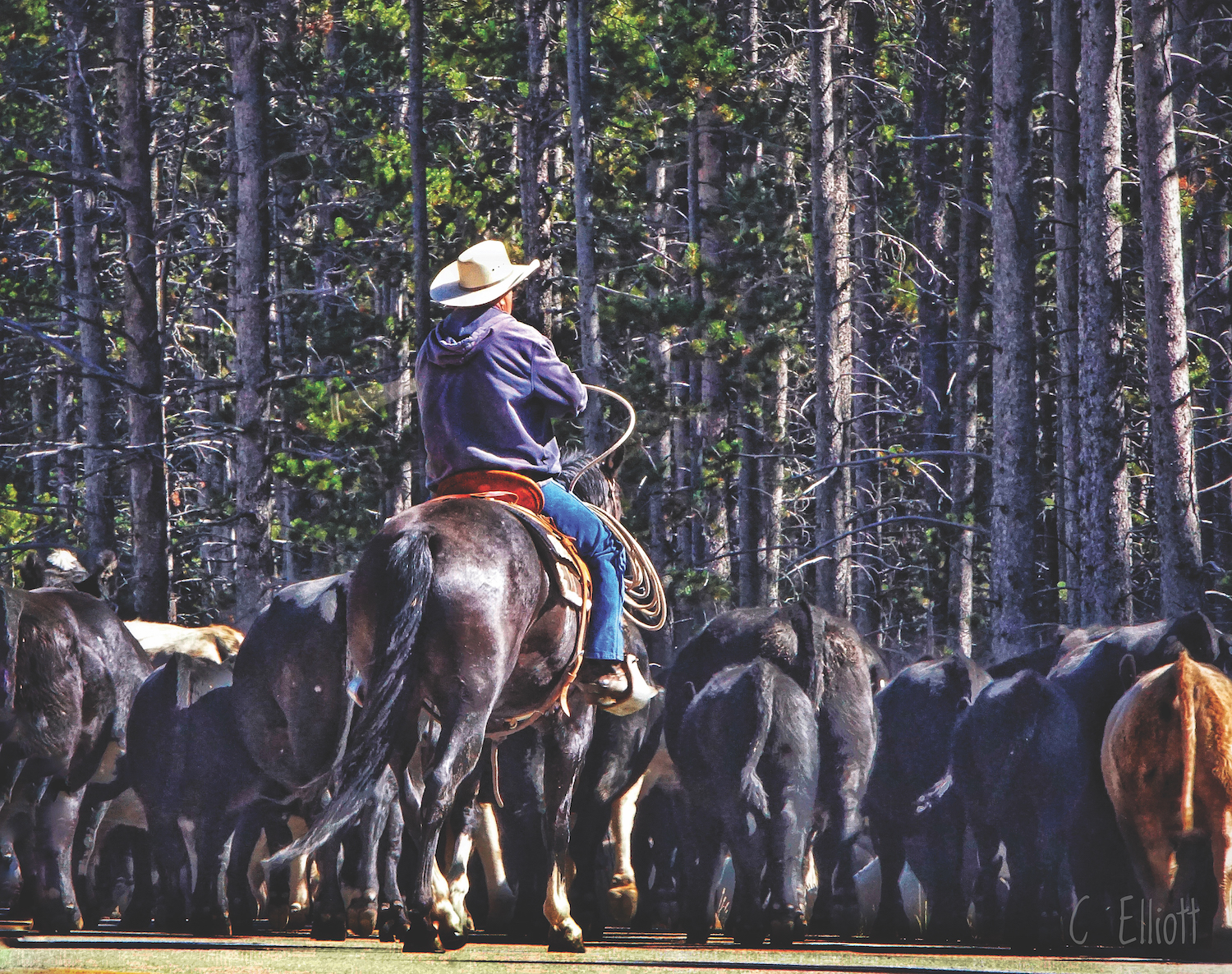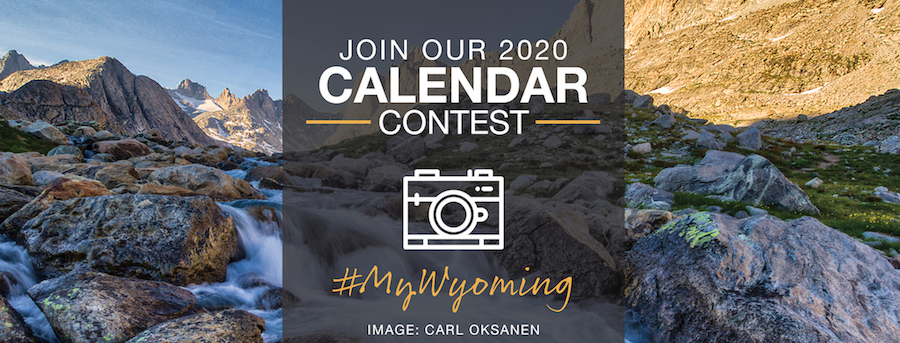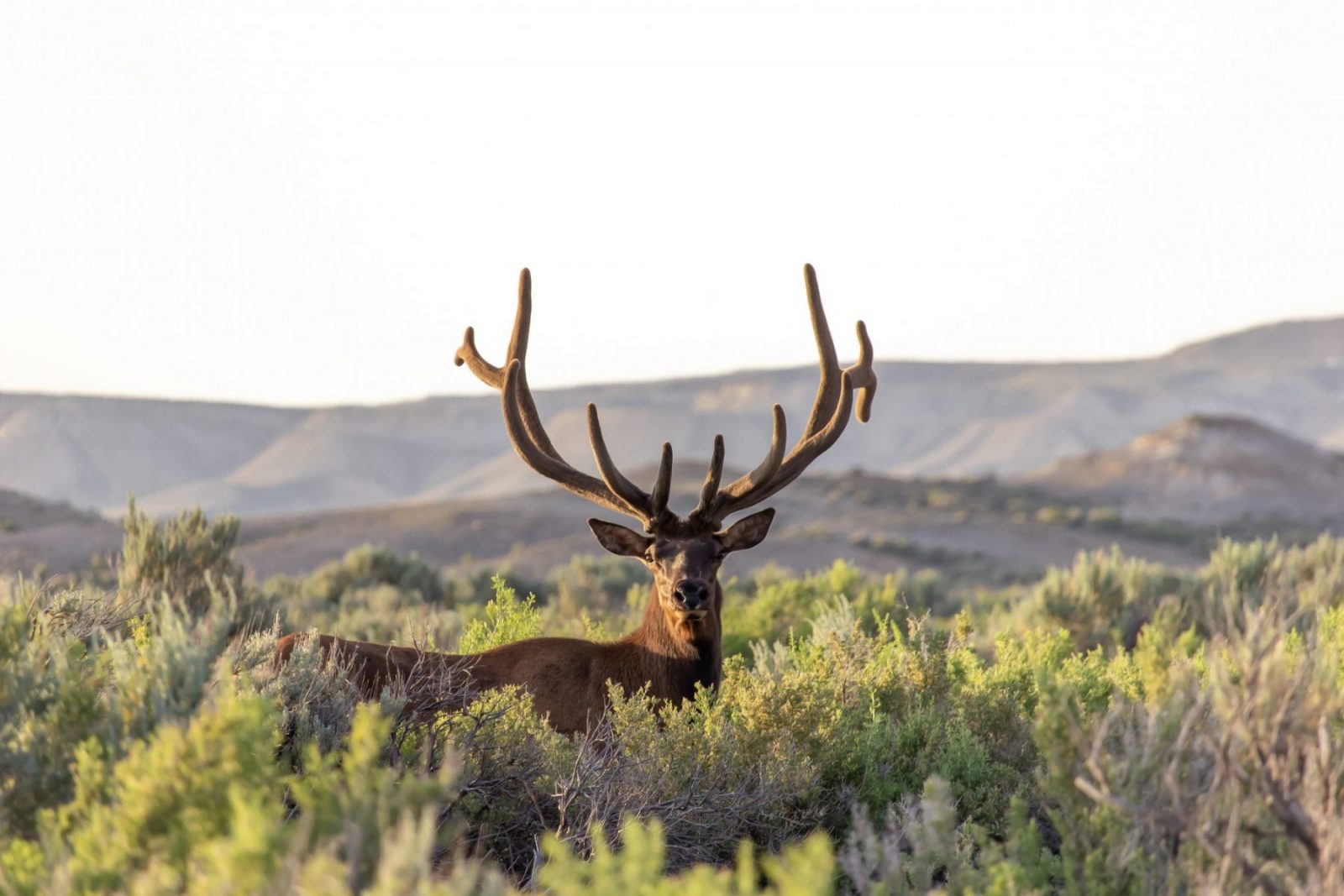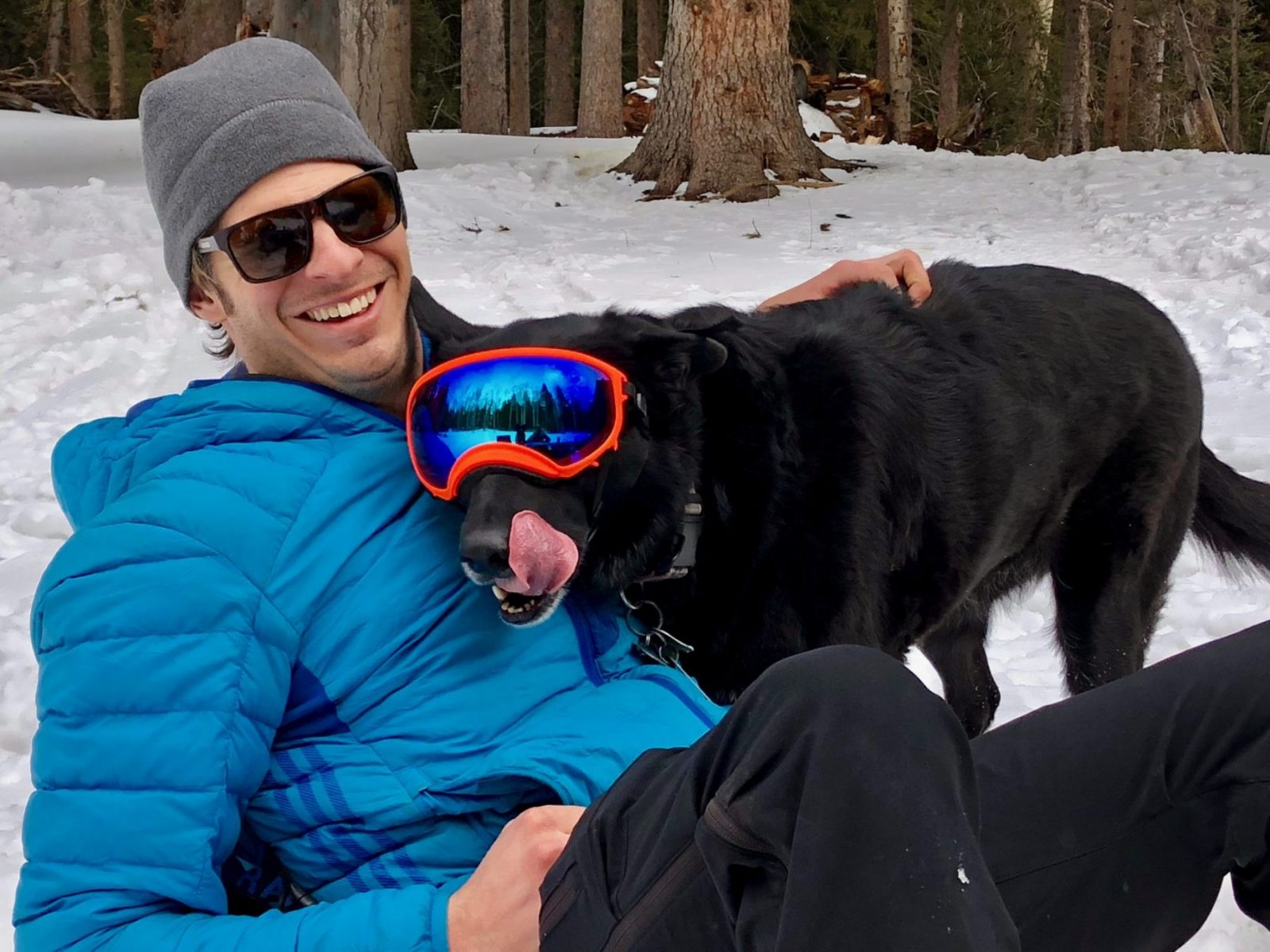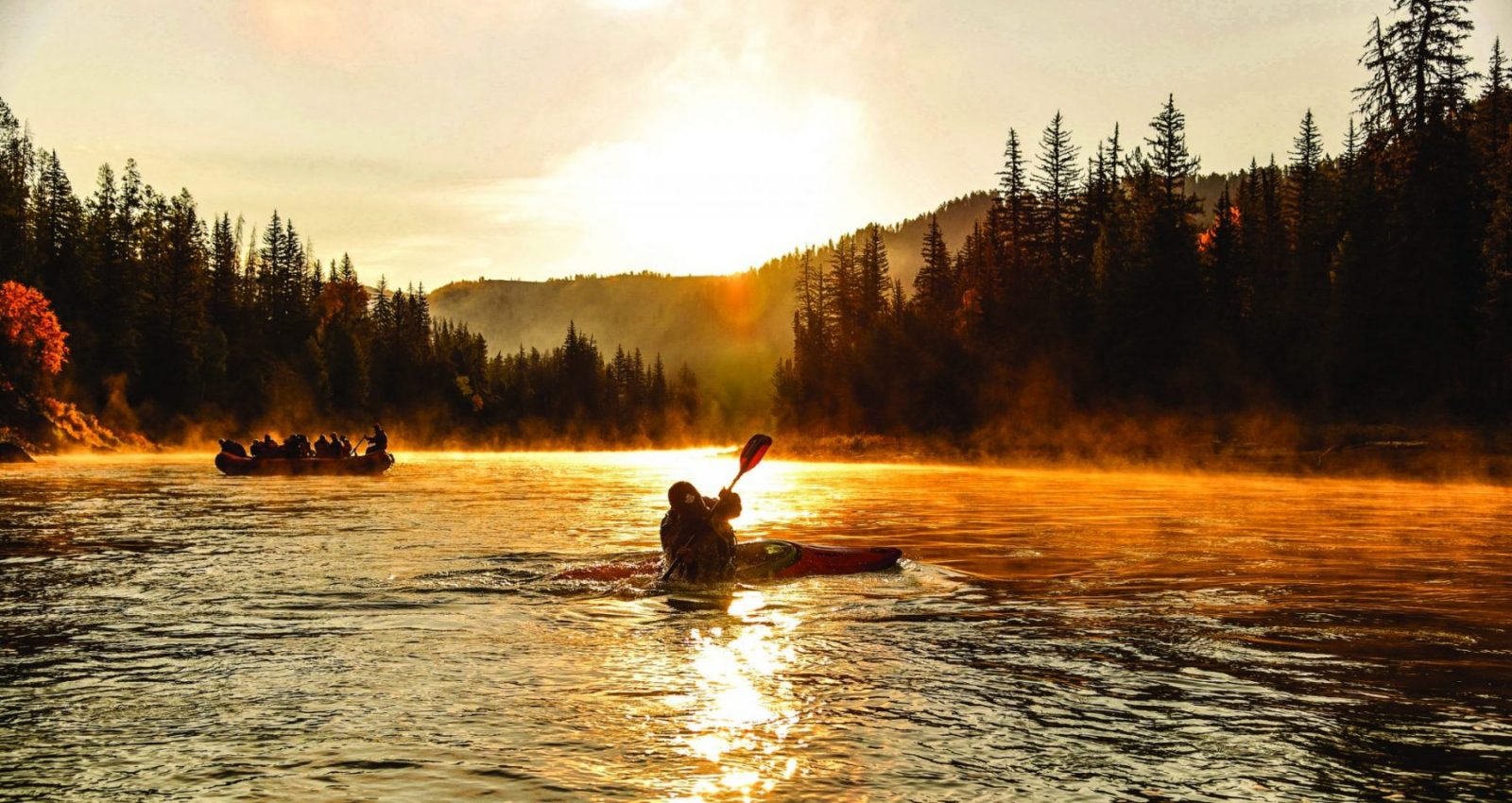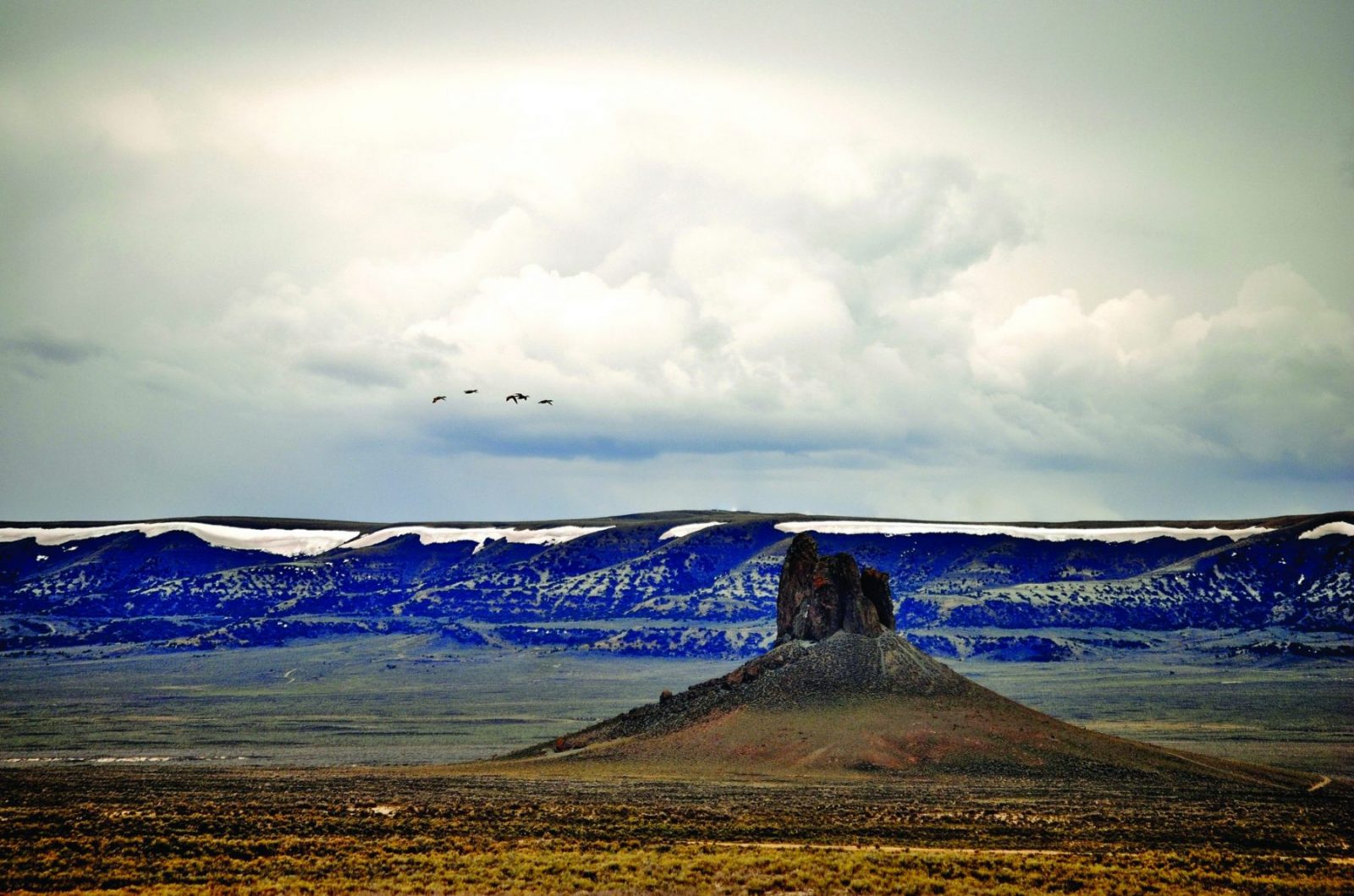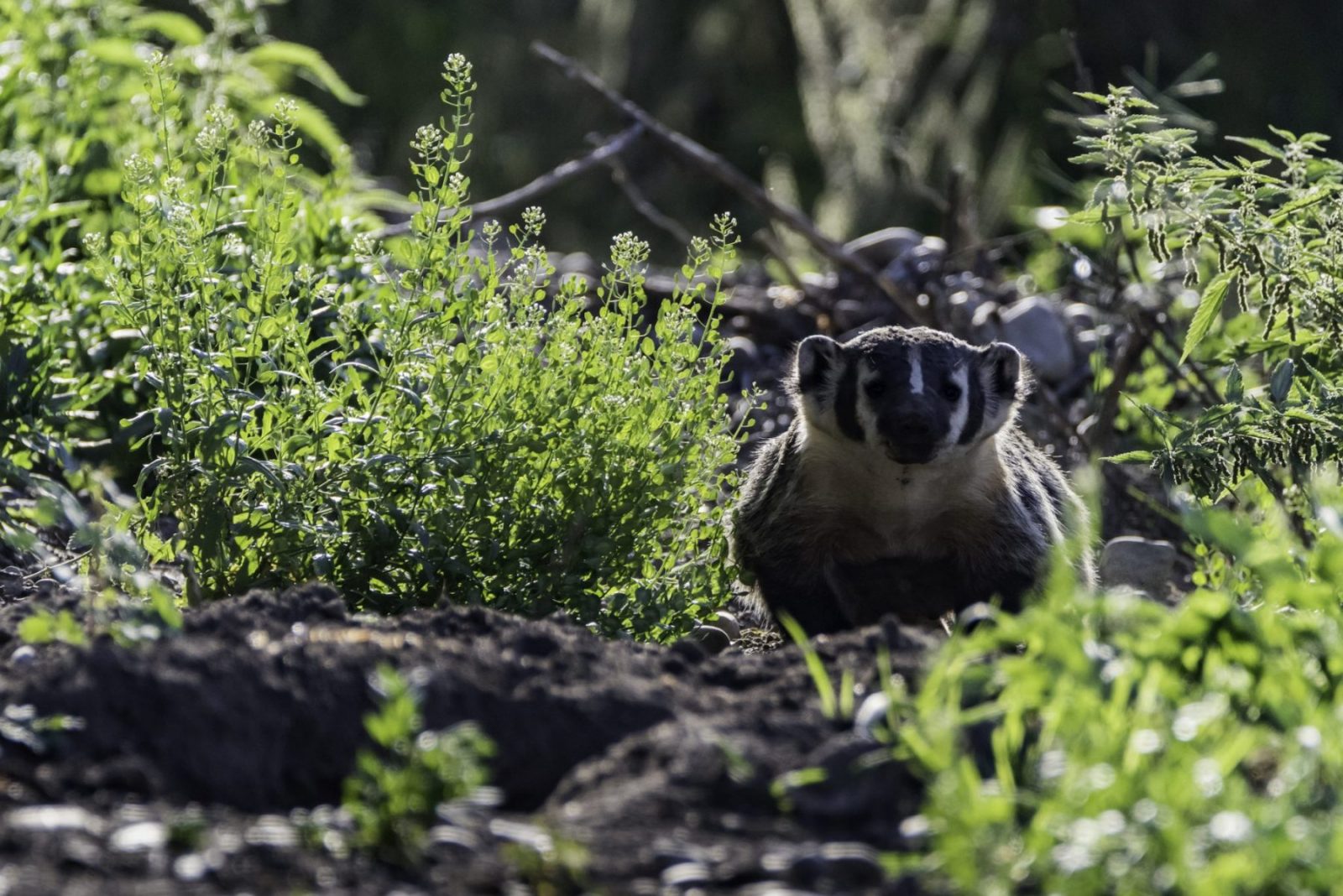[et_pb_section fb_built=”1″ _builder_version=”4.4.8″][et_pb_row _builder_version=”4.4.8″][et_pb_column type=”4_4″ _builder_version=”4.4.8″][et_pb_text _builder_version=”4.4.8″]
If you’re familiar with our calendar photography contest, you’ll know that our theme for the past few years has been #MyWyoming. But 2020 has proved to be very different and, as we are all learning, some things may never be quite the same.
As we have responded to a global pandemic and participated in long-overdue conversations about racial inequality in the U.S., we’ve all shared one thing in common — Wyoming. As COVID-19 swept across the country and did not spare anyone its effects, we as Wyomingites became almost painfully aware of how much we rely on each other in our small communities. We are all in this thing called “life” together. And not only us, but the natural world around us, too.
As we sought some sense of normalcy, or an escape, many of us turned to the local outdoors. We watched spring come to our lawns and distant hills, heard the birds return to the branches of trees, felt the rush of the runoff in rivers, and in Lander we smelled apple blossoms in the air. Because we live in a state so sparsely populated and with some of the country’s best public lands right outside our doorsteps, we found ourselves grateful for where we live — and all of the people we share these places with.
I recognize that our Indigenous neighbors and friends have deep ties to Wyoming that predate statehood. Today, this place, this Wyoming, that many of us call home — with its abundant public lands, herds of roaming wildlife, pristine mountain streams and clean air — is a Wyoming we share with future generations. This Wyoming that I love is not mine alone, either. It is ours. All of ours. To cherish, to enjoy, to value, to share, and to protect. And that’s why, this year, more than ever, it is #OurWyoming.
We’re asking those who submit this year to send us photos of this shared space — and who you shared Wyoming with. It can be your kids or friends at your favorite local viewpoint, your family on a picnic in a state park, your partner ahead of you on the trail, the mule deer who graces your backyard each morning, the bird of prey spotted soaring above, or the moose that stumbled into your campsite. It should not be a selfie! We’ll ask the winners to share a little statement about what that moment meant to them — and reflect on how it felt to share it.
[/et_pb_text][et_pb_divider color=”#444444″ divider_weight=”5px” _builder_version=”4.4.8″ custom_margin=”6px||||false|false” custom_padding=”15px||5px||false|false”][/et_pb_divider][et_pb_text _builder_version=”4.4.8″]
TERMS & CONDITIONS
Entries must be submitted between July 15, 2020, and before midnight on September 15, 2020, either via email (claire@wyomingoutdoorcouncil.org) or Instagram, using the hashtag #OurWyoming.
By entering, all contestants agree to release their photo to the Wyoming Outdoor Council for publication purposes. The Outdoor Council will select the winning photos, which will be published in the 2021 calendar. All submitted photos are subject to use.
Your entry to the contest constitutes your agreement to allow your entered photographs, as well as your name and the place the photograph was taken, to be published in the Wyoming Outdoor Council’s 2021 calendar and on the Outdoor Council’s website to promote the annual photo contest. Reproduction of entries will include the necessary photographer credit.
Photograph entries constitute permission to use the images in this manner with credit to the photographer without monetary compensation. Contest entrants retain ownership and all other rights to future use of the photographs they enter. Use of the entered photos in any other fashion or in any other publications will only occur with permission from the entrant.
[/et_pb_text][/et_pb_column][/et_pb_row][et_pb_row _builder_version=”4.4.8″][et_pb_column type=”4_4″ _builder_version=”4.4.8″][/et_pb_column][/et_pb_row][/et_pb_section]


